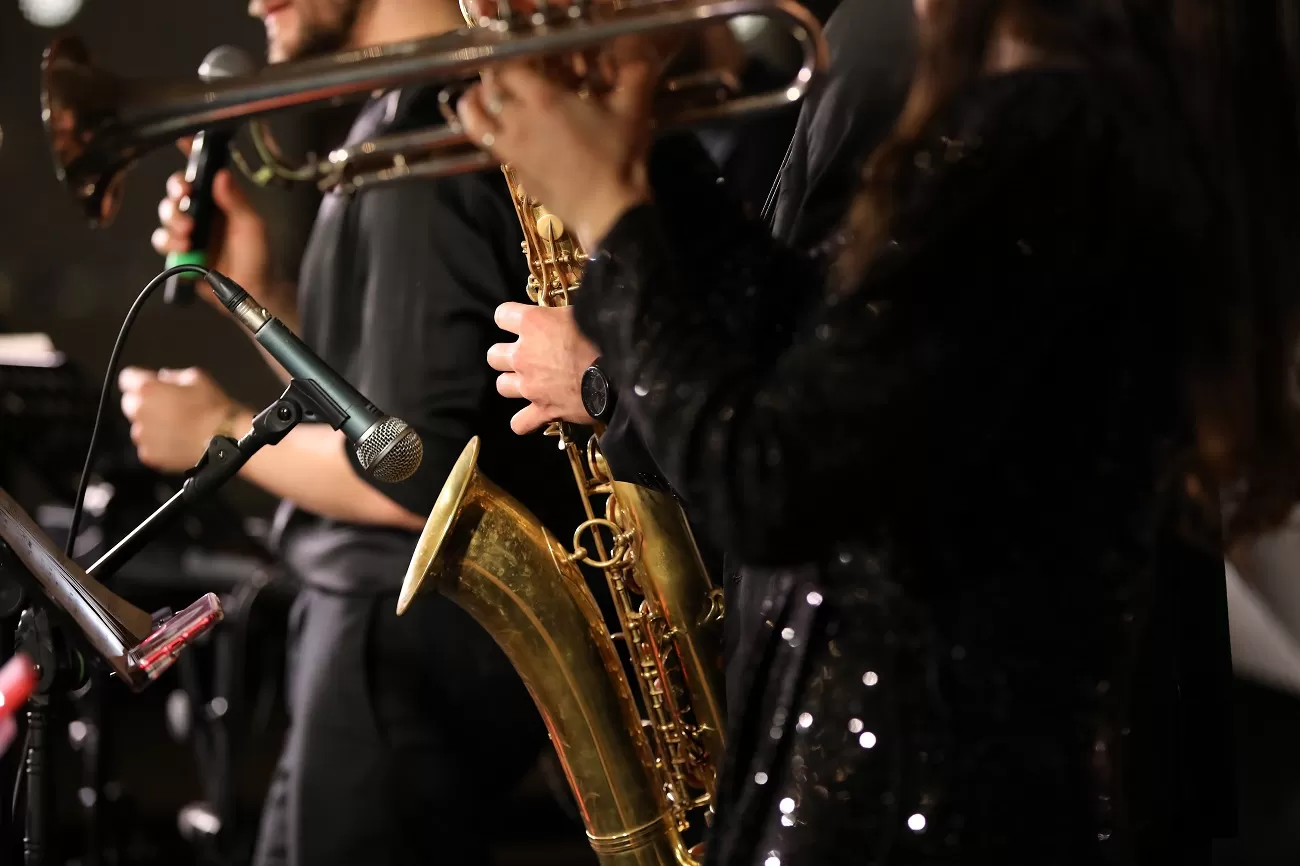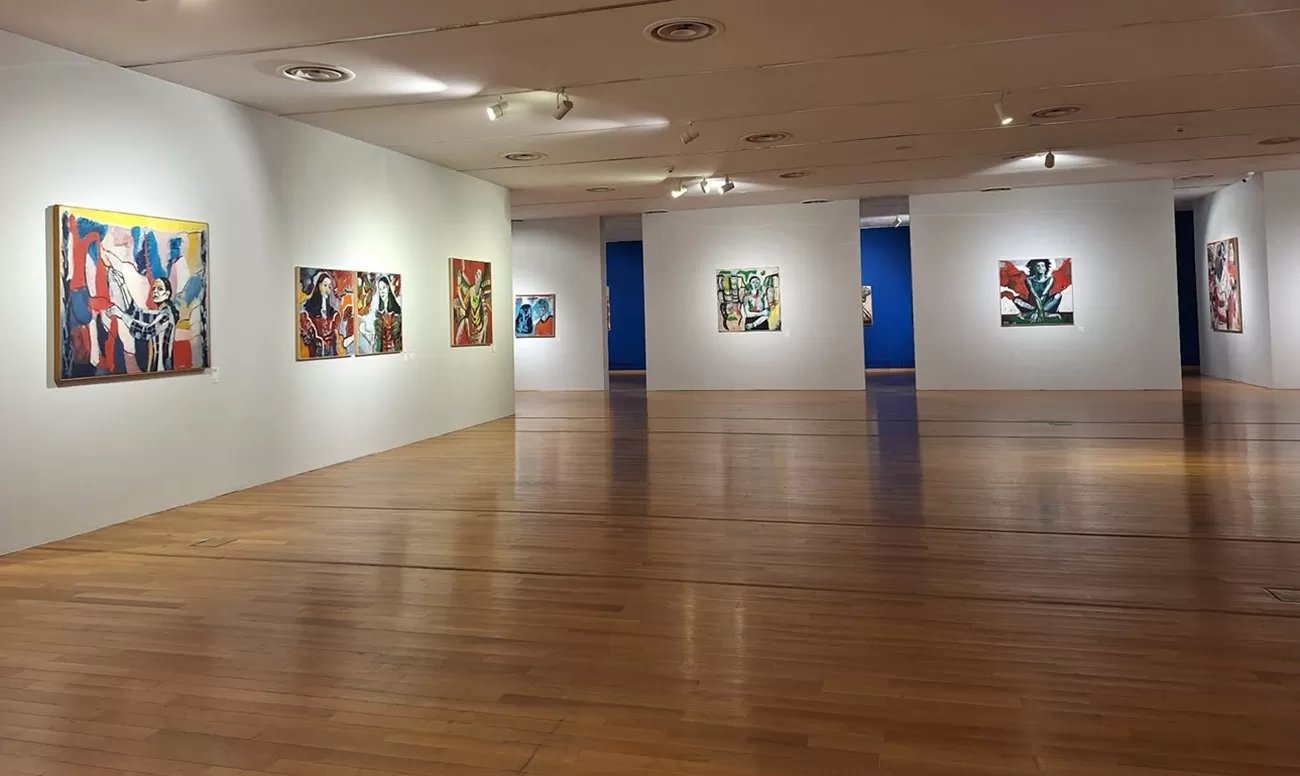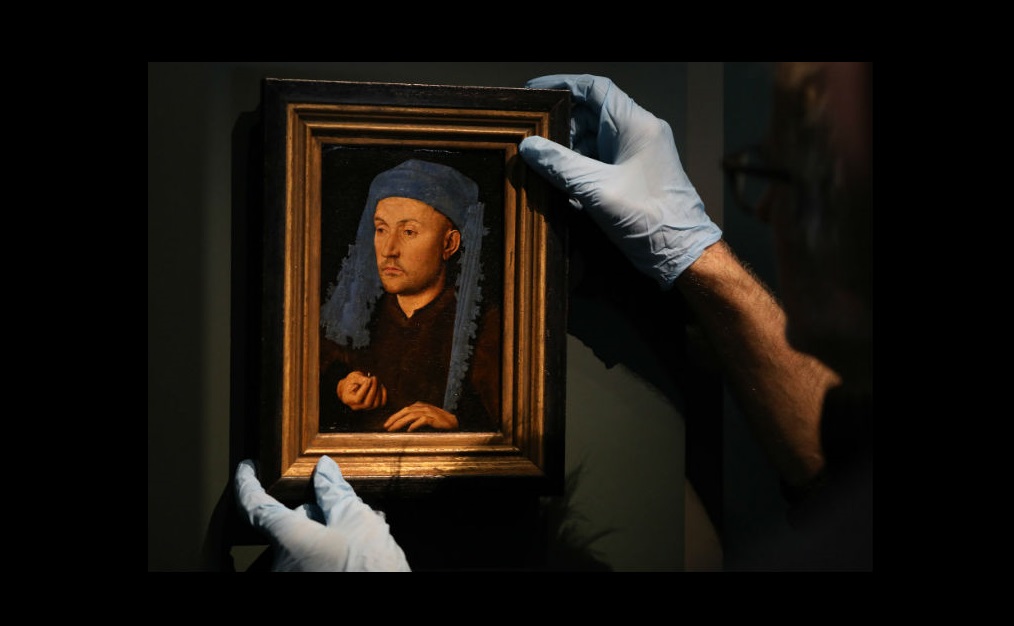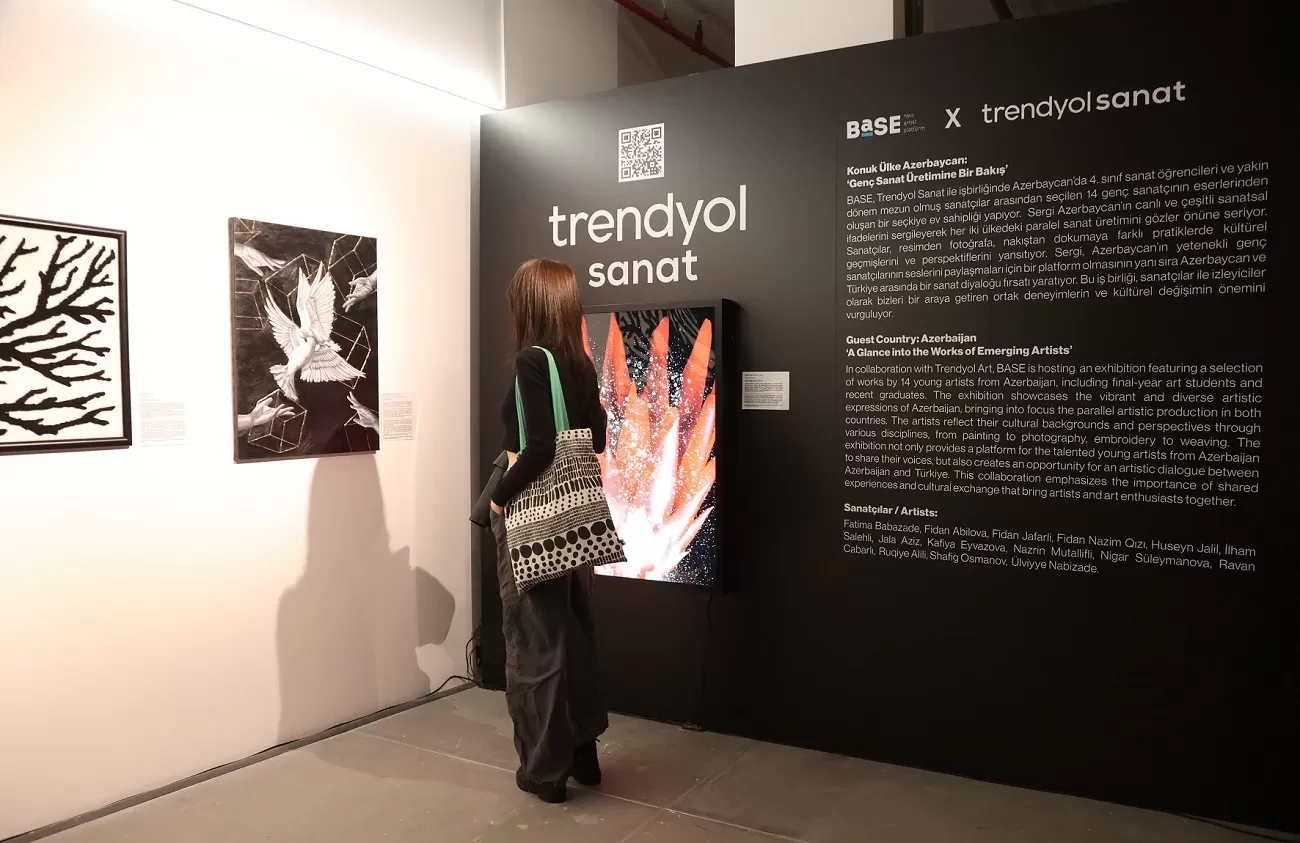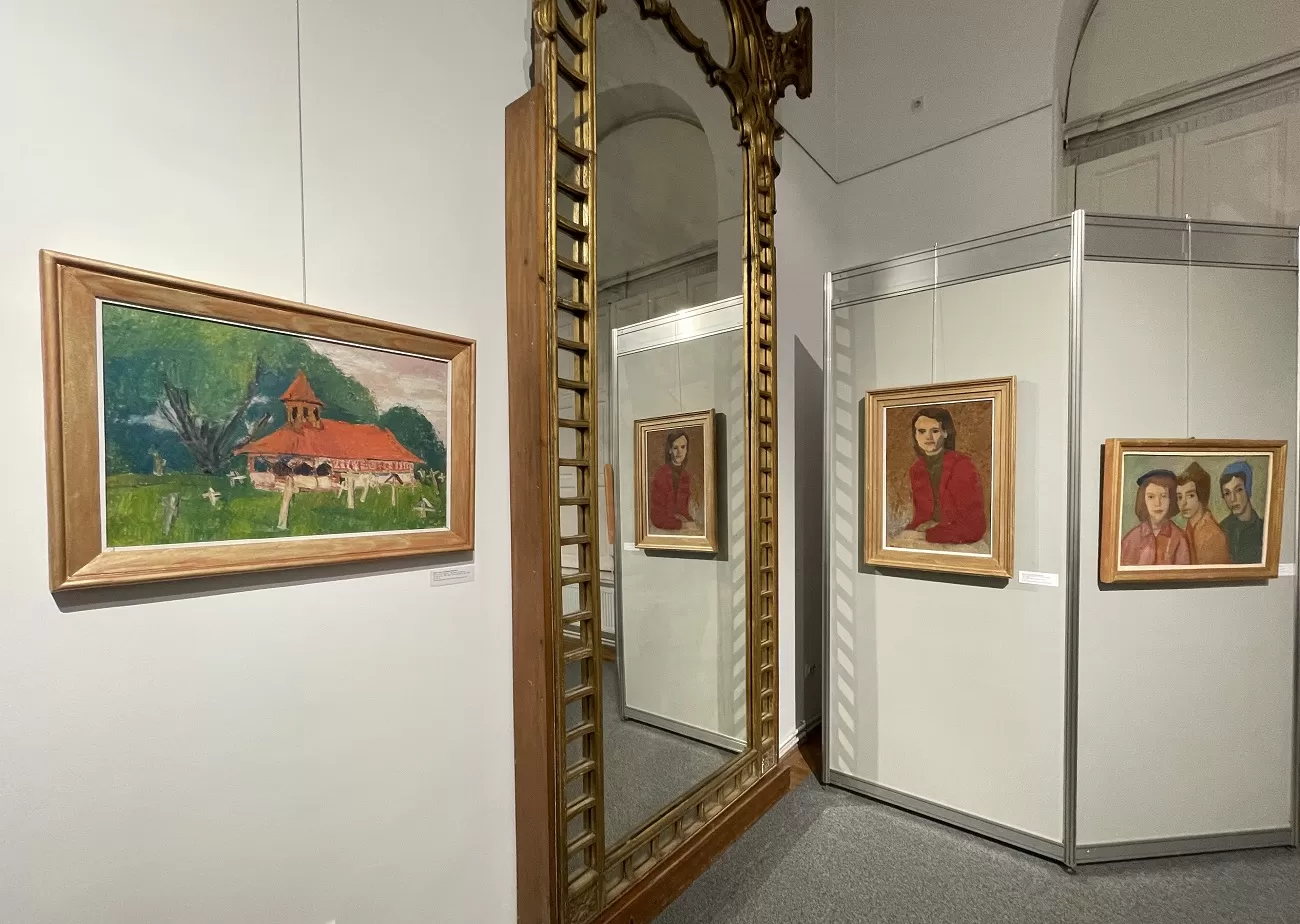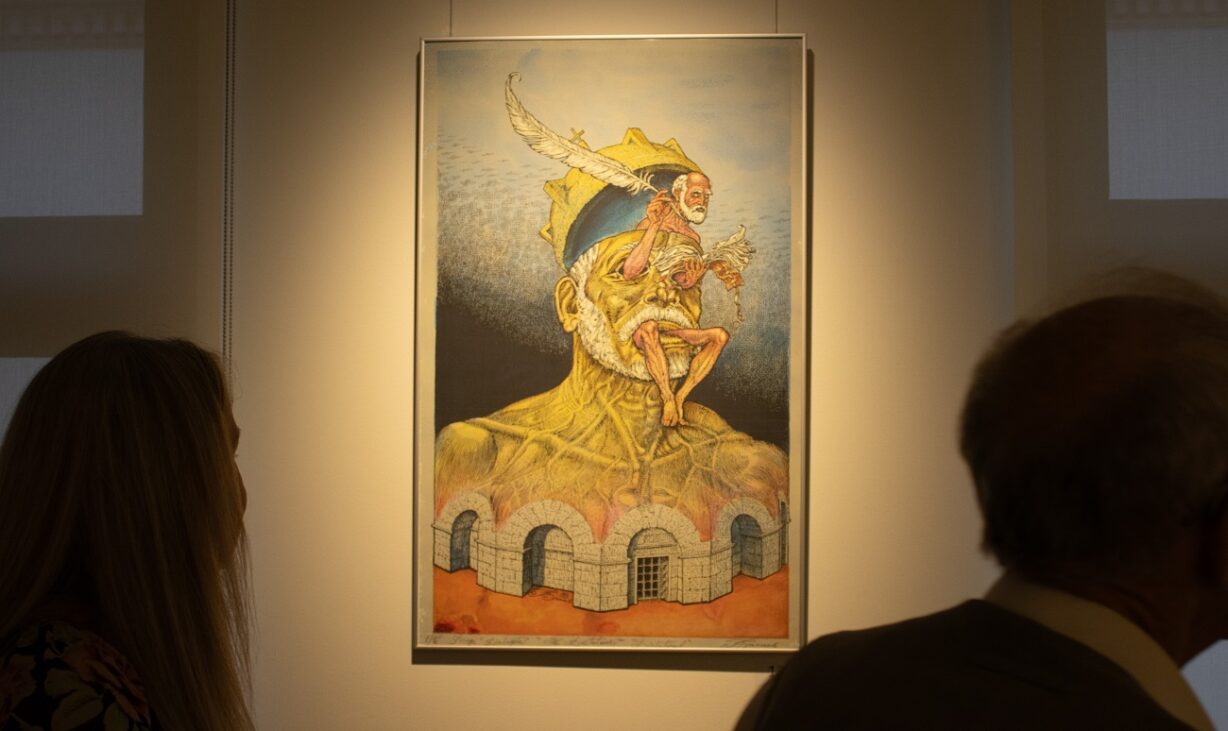
INTERVIEW – Tudor Banuș: Art created today in Romania suffers from contemporaneity
The painter and graphic artist Tudor Banuș, renowned book illustrator, talks in an interview with curatorial.ro about the retrospective of his work, exhibited in Bucharest, about the sources of inspiration, style and his professional career, about new technologies and the shortcomings of Romanian art.
The artist is of the opinion that today, “everyone who can still draw has taken refuge in the comic strip”, the illustrated book created for adults being a rare object, while press graphics have generally lost any artistic interest.
Tudor Banuș believes that the art created today in Romania suffers from “contemporaneity”, which manifests itself in the eradication of memory and is akin to fashion and festivalism.
The graphic artist recognized for his unique combination of figurative realism and fantastic realism, as well as for his collaborations with prestigious international publications such as Le Monde, The New York Times and Die Zeit, is the subject of a retrospective exhibition at Arcub – Gabroveni Inn.
“Controlled delirium“, Tudor Banuș’s largest exhibition, includes about two hundred works, many of them emblematic for the graphic artist’s creation, as well as volumes that the artist has illustrated. It is arranged on the first floor of the Arcub – Gabroveni Inn, in three rooms, and can be visited until November 12, from Tuesday to Sunday, between 12:00 and 20:00.
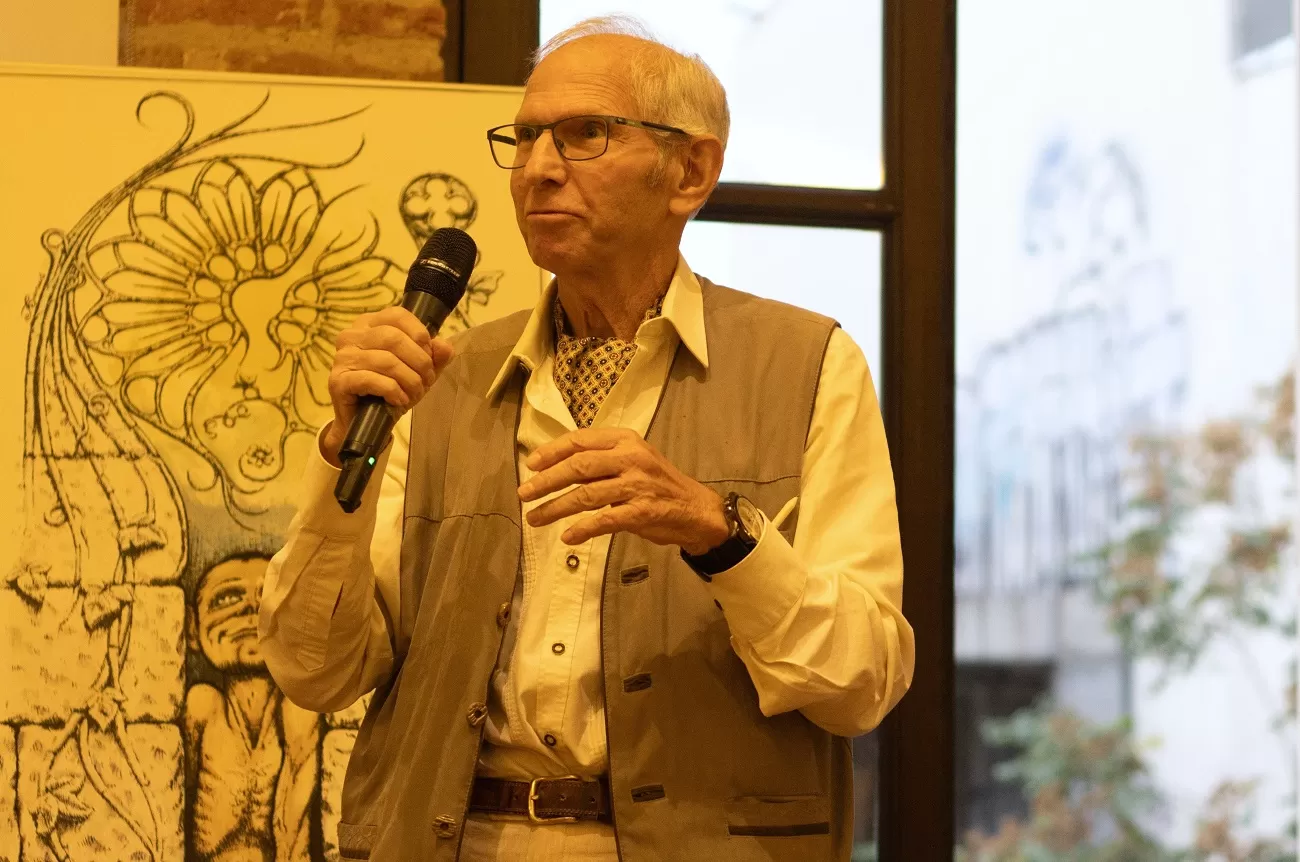
Tudor Banuș, at the opening of the retrospective exhibition “Controlled delirium”; photo credit: Vali Chincișan
About Tudor Banuș
Tudor Banuș, born in 1947 in Bucharest, is an internationally renowned graphic artist, recognized for his outstanding contributions in the field of illustration and graphic art. A graduate of the Institute of Architecture “Ion Mincu” in Bucharest, he chose to develop his artistic career in France, where he settled in 1972. Over a career spanning more than five decades, he has collaborated with more than 50 prestigious publications, including Le Monde, The New York Times and Die Zeit.
His style is characterized by a fusion between traditional techniques and postmodern influences, exploring deep themes that reflect the complexity of human existence. Tudor Banuș has illustrated more than 30 books, including works by famous authors such as Jules Verne, The Brothers Grimm and Mircea Cărtărescu. Among others, he was awarded the National Prize for illustrating the book “Enciclopedia Zmeilor” by Mircea Cărtărescu.
Over the years, his work has been shown in more than 85 solo exhibitions worldwide. Through his work he manages to capture the public’s attention and provoke reflection on the relationship between traditional art and modern society.
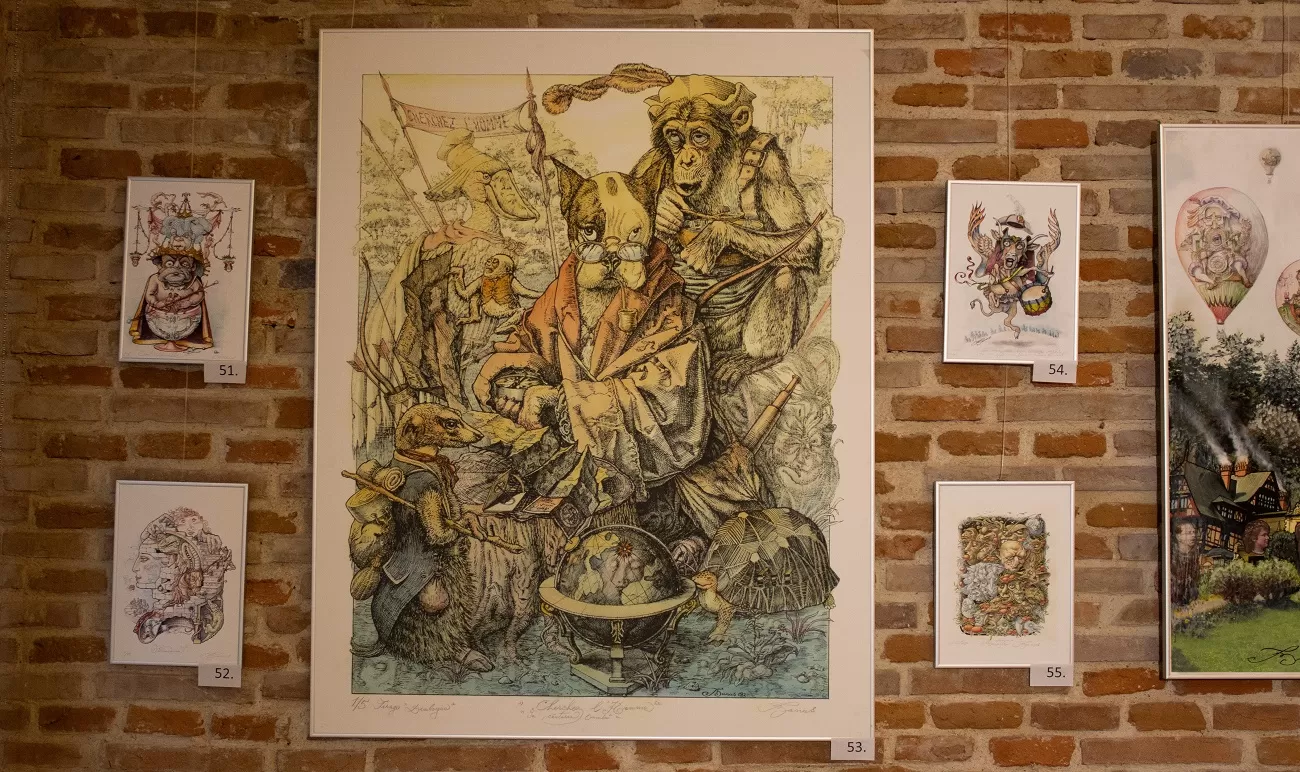
The retrospective exhibition “Tudor Banuș – Controlled delirium”; photo credit: Vali Chincișan
How does an artist feel when faced with a retrospective of their work? Can we say that it’s like a crowning achievement?
Tudor Banuș: The artist wants that retrospective to be only a stage in his career and to be followed by retrospective no. 2, no. 3, etc. It is a first stage of recognition.
Are you continuing your creative work? What are your plans for the coming years?
Tudor Banuș: Yes, I continue my creative activity as long as I’m able. I want to keep exhibiting in order to increase the visibility of my work, like any artist.
How would you describe, in a few words, your journey so far?
Tudor Banuș: My route can be described as a hike in the mountains: the climb is hard with the rucksack on your back, but the joy is great when you reach the summit, where you can drink a hot tea in front of a magnificent landscape…!
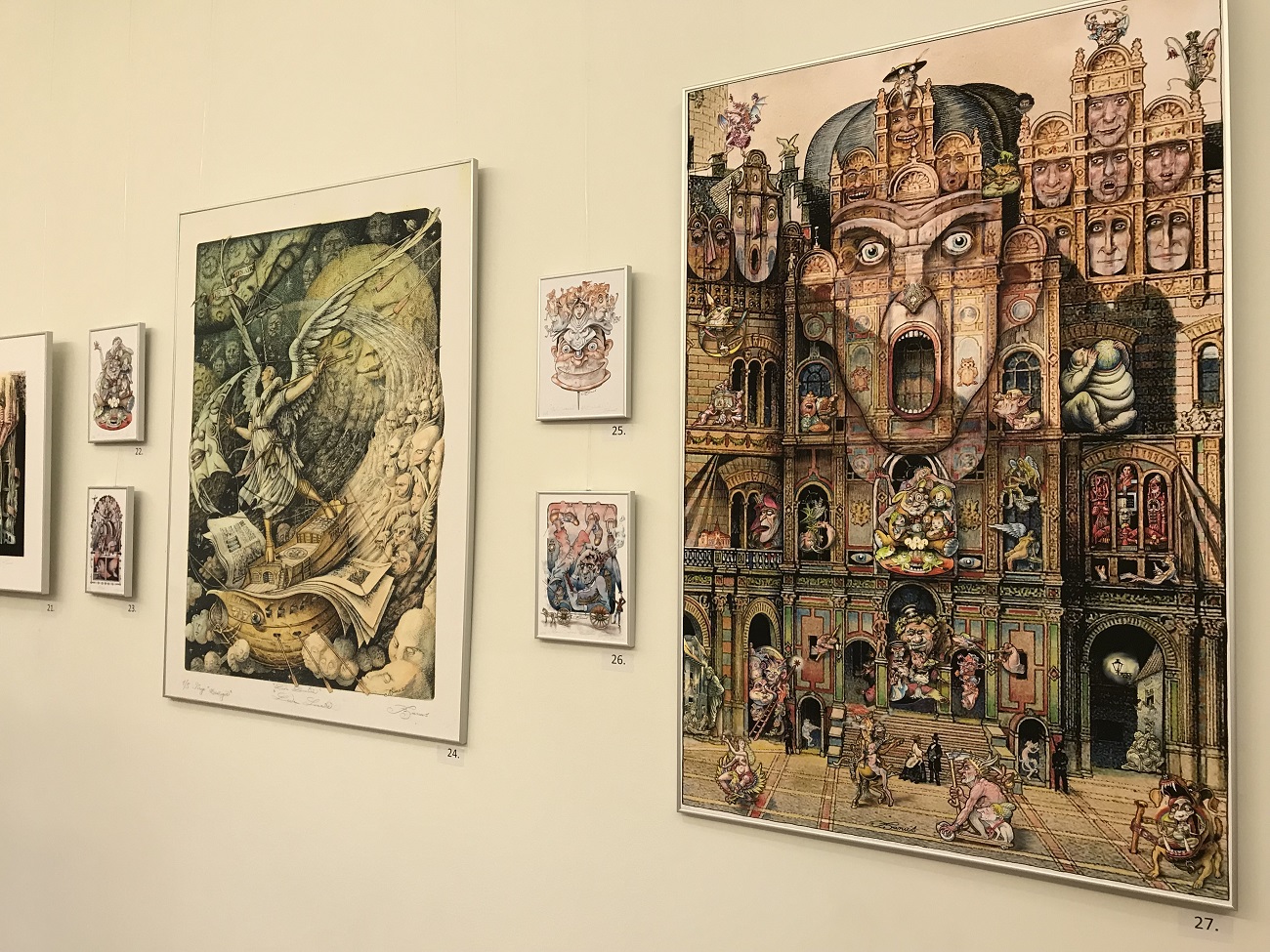
Frame from the exhibition “Tudor Banuș – Controlled delirium”, curatorial.ro
What was the defining moment or person who most influenced your career path?
Tudor Banuș: The moment of reference spans my childhood and adolescence. I used to endlessly look at the albums in my parents’ house and soaked up the works of artists such as Dürer, Leonardo, Bosch, Breughel, Gustav Doré, Daumier and many others. They were my artistic guides, as well as being an antidote to the moribund ideology of the environment.
What shaped your style? What initially inspired you and what continues to do so?
Tudor Banuș: I have assimilated the lesson of the engravers of the Middle Ages of Central Europe and I have transposed it as a means of representation of all the textures and materials in my drawings. In terms of color, the English Aqualists instilled in me a passion for nuance. Having created a world of my own, I set out on the hunt for the psychologies of my characters who are defined by intermediate “soul” states.
At the opening in Bucharest, you talked about your approach to graphics for publications and personal drawings – how you start from the text for newspapers and how you let the hand dictate your own creations.
But what can you tell us about your technique? Is there a working “pattern”?
Tudor Banuș: Yes, the subject was paramount in the press cartoon, and the aim was to create a powerful image, capable of striking the reader’s imagination. I created a mental cinema from which I would extract what was most significant, in the service of the text. Today, the editorial cartoon is no longer commissioned by the editorial office as such, and has been replaced by the bank of illustrations, caricature or photographs. Anything quick is at the expense of original creation and aesthetics. These elements, obtained quickly and effortlessly, with a poor visual load, become obsolete by the next day and disappear with the interest in the subject, directed towards the novelty of the day.
In free and personal creation, hand and mind wander and wait for the right moment, when a nucleus of the future drawing becomes “interesting”. From it unfolds a still hazy network, which slowly – slowly clarifies itself, and finally comes the rational gaze that guides the drawing towards a fertile dialog with the viewer.
There is a pattern to the work. I begin to lightly walk a very pale 4H pencil across the surface of the paper, barely holding it between my fingers. As the sketch becomes a drawing I go back and define the outlines with a darker HB pencil. It is only now that watercolor, ink and accents come into play.
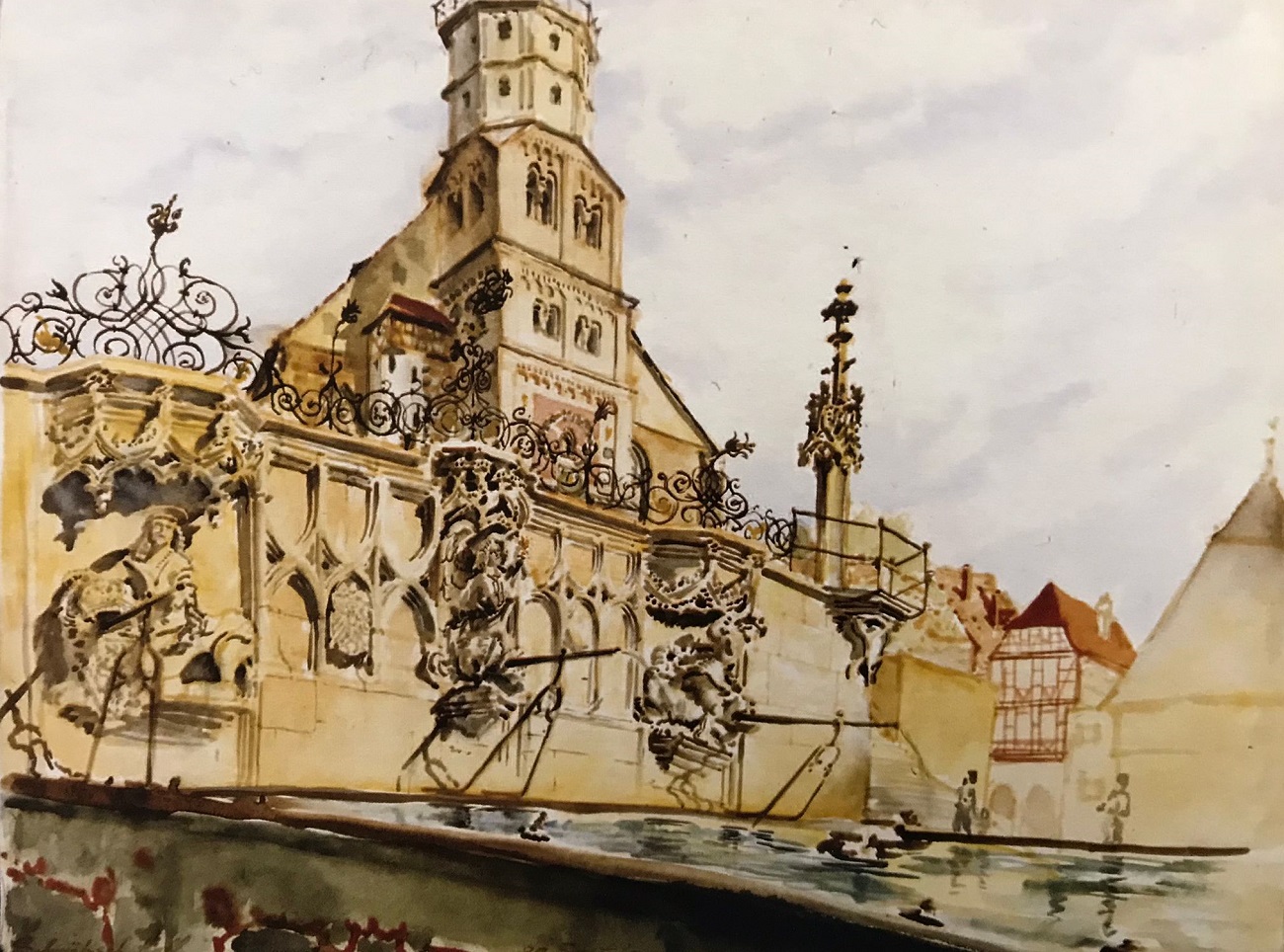
Church of St. Michel in Schwabisch Hall, watercolor, Tudor Banuș, reproduced from the volume “Parc(o)urs” (ICR Publishing House, 2010)
Do you use new technologies in your creative work? What do you think about artificial intelligence? Do you think it can jeopardize the artist in general?
Tudor Banuș: Yes, in the sense of using a computer application to clean up the scanned drawing. Then you can get digigraphs, the equivalent of 19th and 20th century lithography.
As for AI, it mimics creation, starting from existing works created by human artists.
You have collaborated with important publications, you have illustrated books, both of which have won awards.
How do you see press graphics today? Do cartoons, for example, still have the impact they had 30, 40 years ago?
What about the evolution of picture books? For several years we have noticed a growing interest in such an object in Romania, where it has been lacking for a long time.
Tudor Banuș: Press graphics have generally lost any artistic interest. A few decades ago, editorial design could “live” autonomously outside the medium of newspaper or magazine paper. There were galleries exhibiting them. I don’t think they exist anymore.
The picture book created nowadays for adults is a rare and therefore insignificant object… On the contrary, it is truly deferred as a production of children’s books, with often “stylized” illustrations. It’s the notion that covers the absence of the ability to observe nature and reality, and the result is a simplistic drawing. Dubbed “naïve” by a semantic twist.
Everyone who can still draw has taken refuge in comics.
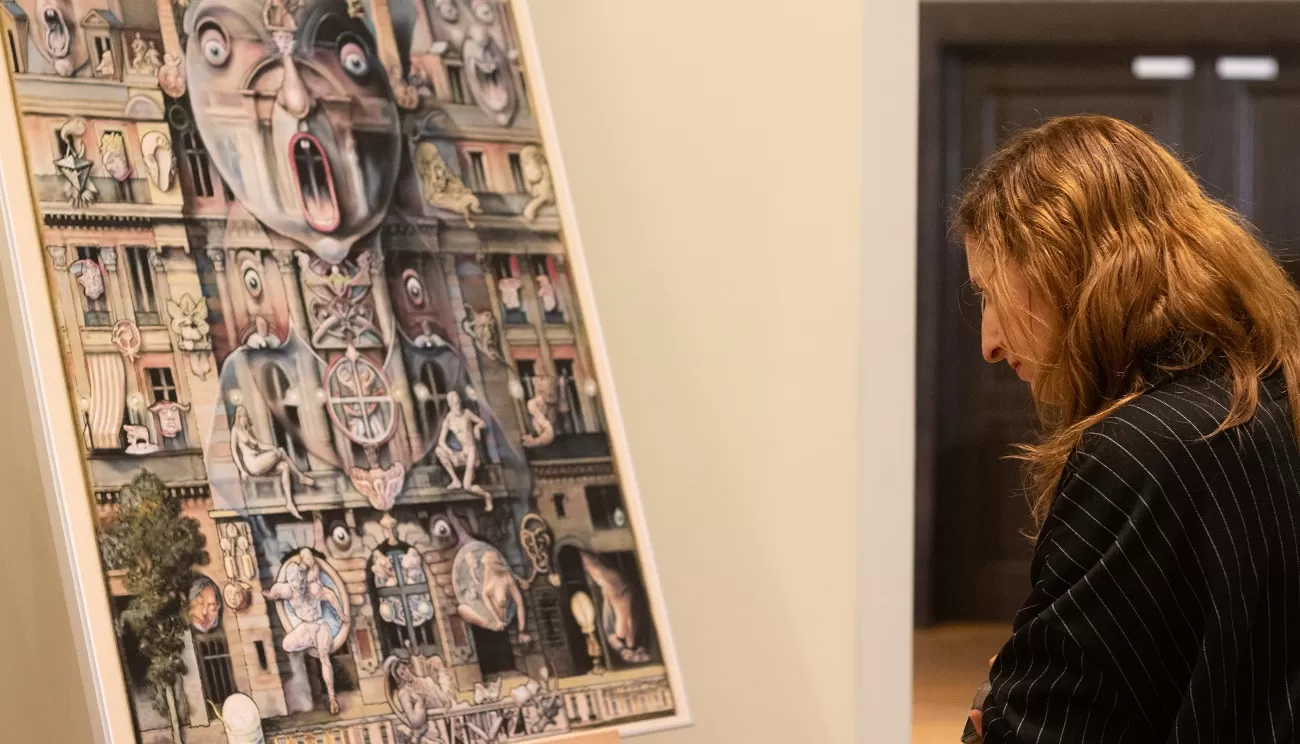
The retrospective exhibition “Tudor Banuș – Controlled delirium”; photo credit: Vali Chincișan
What do you think are the shortcomings of art in Romania? What should and could be improved?
Tudor Banuș: Art created today in Romania, as far as I know it, seen from afar, suffers from “contemporaneity”. An affliction that young artists have rushed to inoculate themselves with like a miracle drug, especially after Romania’s accession to the European Union.
The symptoms of this disease are manifested by the eradication of memory, of the history of Art, of the values created by the intelligence of the hand, relegated to the level of craftsmanship. It is totalitarian and hegemonic, monopolizing all the media, institutional and financial terrain. It is akin to fashion and festivalism, elevating concept, performance and seriality to the level of dogma.
At the same time, there is genuine creation that extends the knowledge accumulated over centuries, but which passes under the media and institutional radar.
Main photo: opening of the retrospective exhibition “Tudor Banuș – Controlled delirium”; photo credit: Vali Chincișan






